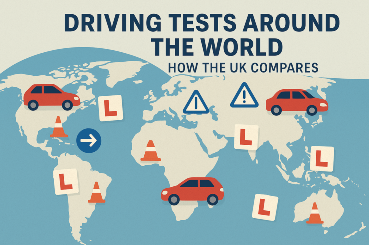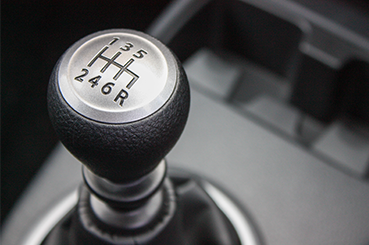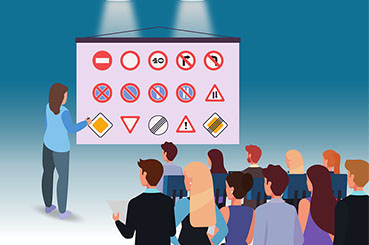Passing your driving test is a significant milestone, marking the transition from a learner to a fully-fledged driver. However, the road to obtaining that coveted driver’s license can be fraught with challenges, and one wrong move can lead to failure.

Whether you’re a novice driver preparing for your test or someone looking to brush up on their skills, understanding the common pitfalls can help you navigate the road to success. Here are the top 10 common ways to fail your driving test:
1. Show and Tell Me Questions
Show and Tell Time Trouble: The “show me, tell me” questions are your chance to showcase your vehicle knowledge. Fumbling with basic checks, like lights and wipers, or struggling to explain their function, creates a bad impression. Practice beforehand!
2. Speed
Exceeding or driving below the designated speed limits is a surefire way to fail your driving test. Maintaining appropriate speed not only ensures your safety but also demonstrates your understanding of road regulations.
3. Traffic Sign Mistakes/Incorrect Reactions
Traffic signs are the language of the road, conveying crucial information to drivers. Misinterpreting or ignoring these signs can lead to dangerous situations and automatic test failure. It’s essential to be vigilant and respond appropriately to all road signs encountered during the test.
4. Incorrect Junction Observations
Neglecting to check your surroundings before navigating junctions is a common error among test-takers. Failing to observe oncoming traffic, pedestrians, or cyclists can result in accidents or failed tests. Always remember to use your mirrors, signal in advance, and check blind spots before manoeuvring at junctions.

5. Lack of Correct Steering Control
Maintaining proper steering control is fundamental to safe driving. Failing to keep your vehicle within the designated lane or overcompensating during turns demonstrates a lack of proficiency and can lead to test failure.
6. Incorrect Response to Traffic Lights
Traffic lights play a crucial role in regulating traffic flow and ensuring safety on the roads. Ignoring red lights, failing to stop at amber lights when safe to do so, or hesitating at green lights can all result in test failure.
7. Misunderstanding/Incorrect Response to Road Markings
Road markings provide essential guidance to drivers, indicating lane boundaries, pedestrian crossings, and other significant information. Failing to interpret or respond correctly to road markings demonstrates a lack of understanding and can lead to test failure.
8. Parking
Parking manoeuvres are a fundamental aspect of driving and often a significant component of the driving test. Failing to execute parking types such as forward bay, reverse bay, parallel parking, or parking on the right and reversing two car lengths accurately can result in a failed test.
9. Emergency Stop
The ability to perform an emergency stop safely and promptly is a vital skill for every driver. Failing to respond appropriately to the examiner’s instruction to perform an emergency stop can lead to automatic test failure.
10. Poor Positioning on the Road
Maintaining the correct positioning on the road is essential for safety and efficiency. Failing to stay within the appropriate lane, drifting towards the curb or centre line, or straddling multiple lanes can all result in a test failure.
So, passing your driving test requires not only technical skills but also a thorough understanding of road rules and regulations. By avoiding these common pitfalls and practising safe driving habits, you can increase your chances of success on test day.
Remember to stay calm, focused, and attentive behind the wheel, and always prioritise safety above all else. But don’t get down if you do fail, remember you can always retake the test as many times as you need to!
Good luck on your journey to becoming a licensed driver!




















